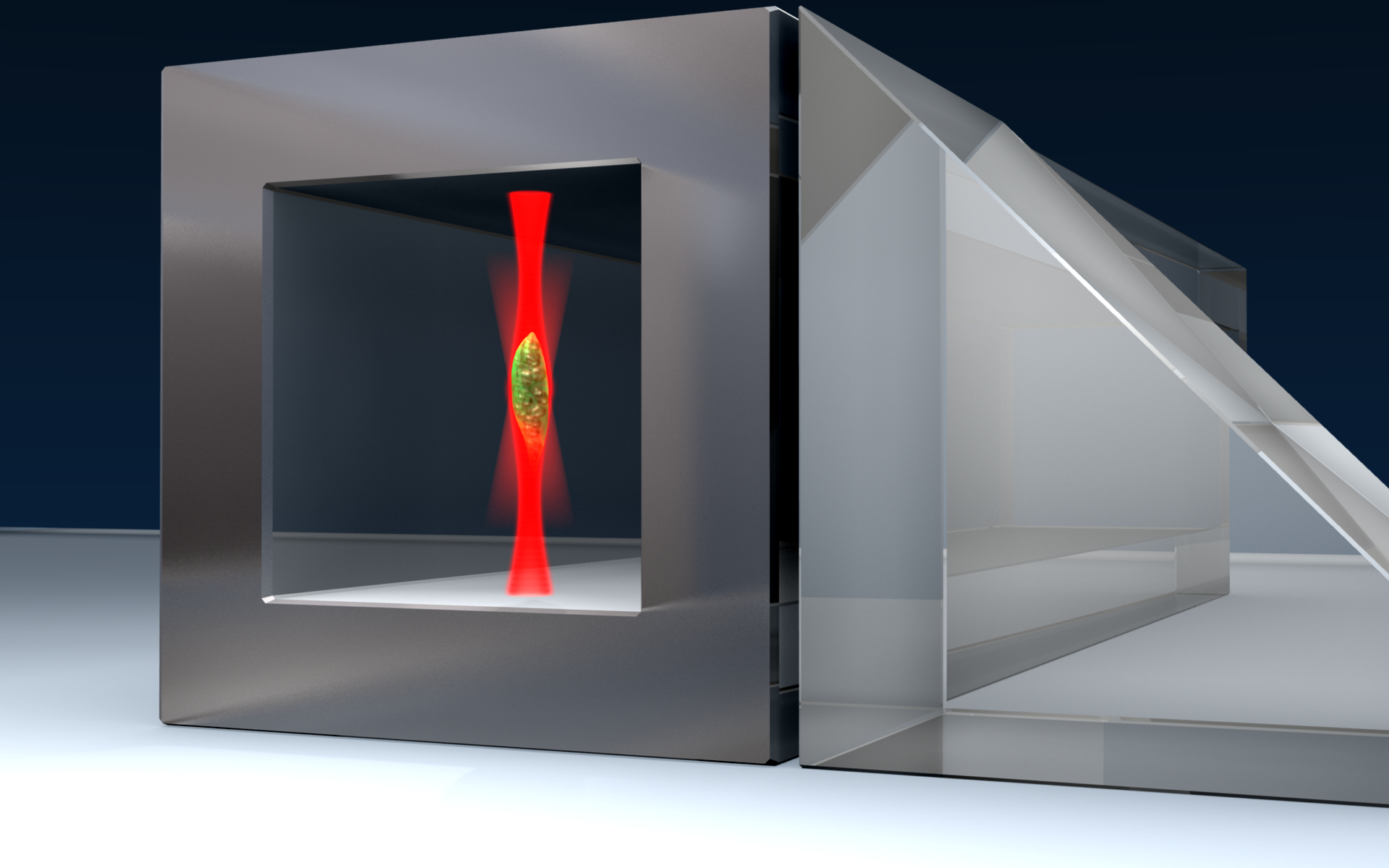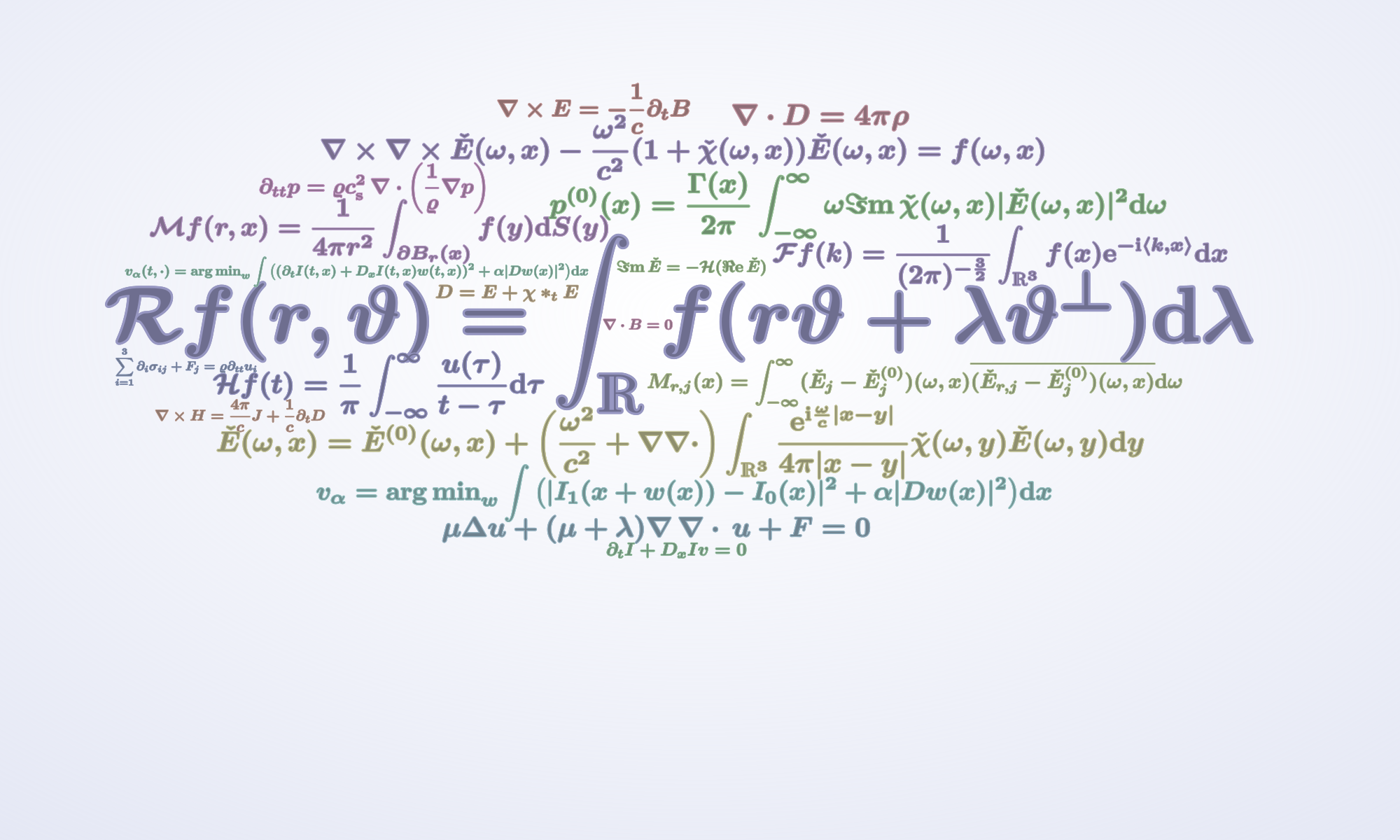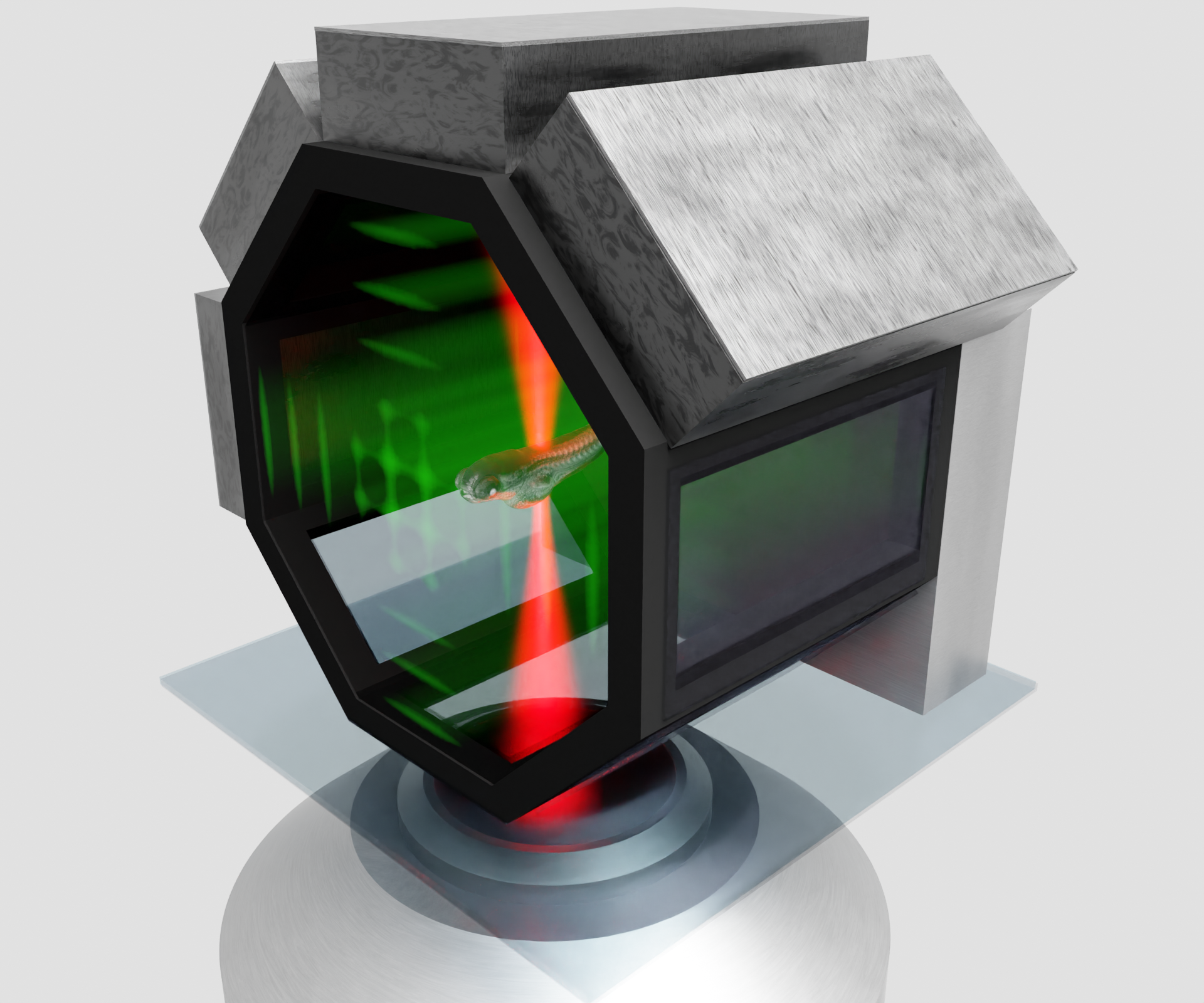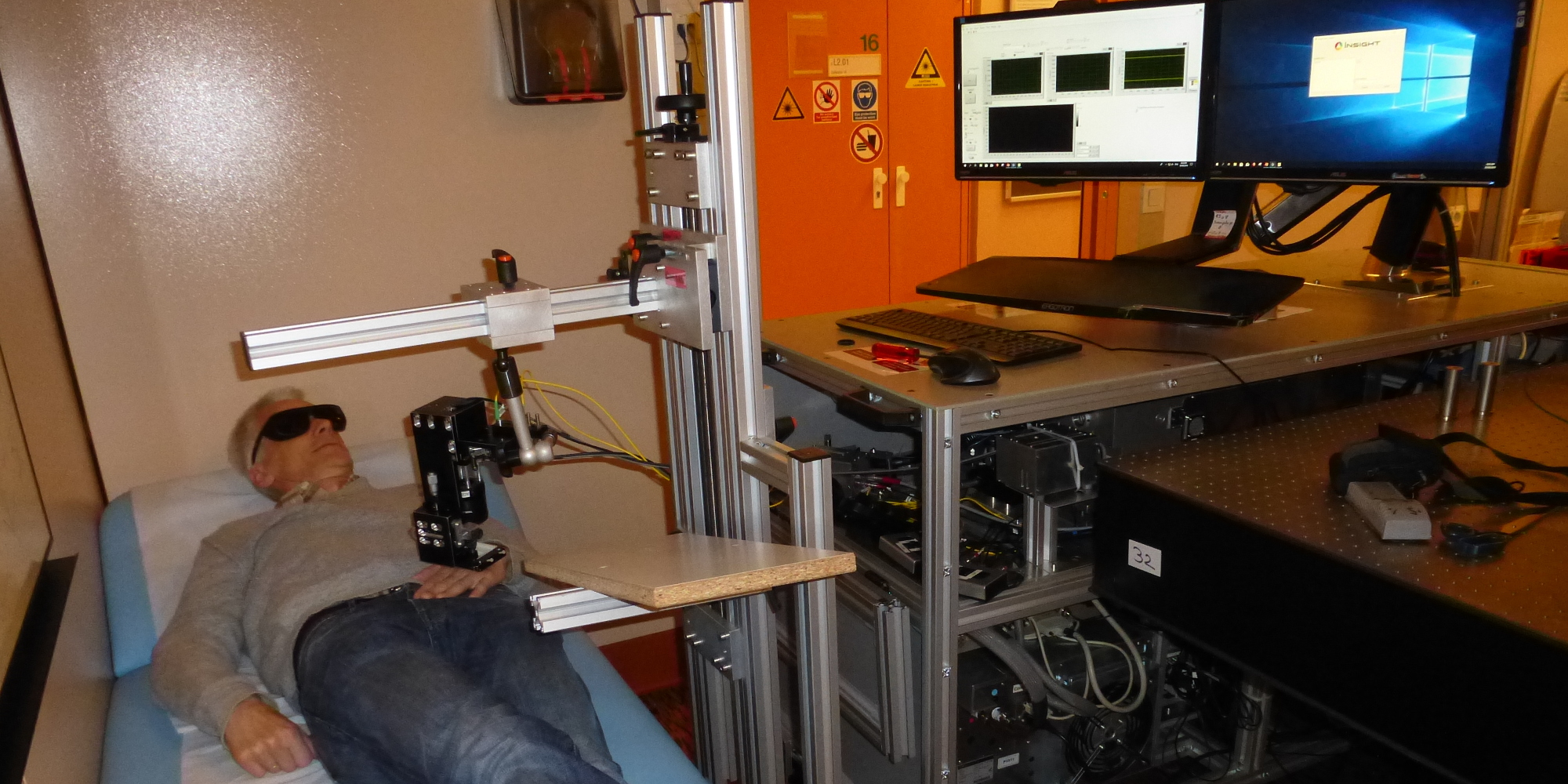
The goal of galactic archaeology is to reveal a galaxy’s past from observations in the present day i.e. viewed in the local Universe. By observing local galaxies we have access to the most precise data. In this sub-project, we will develop and apply novel techniques for inversion and uncertainty quantification to make accordingly precise inferences about a galaxy’s history. The proposed techniques will address short-comings of the current state-of-the-art techniques however they come at a much higher computational cost. Therefore, this work requires an interdisciplinary team with expertise in both galactic archaeology and inverse problems.
Galaxies are shaped by a range of physical processes probing some of the most pressing questions in astrophysics. At the largest megaparsec scales, galaxies grow through the accretion of smaller systems, the details of which are sensitive to cosmology. At the kiloparsec scales, gravitational dynamics gives rise to complex morphologies, offering a window into the elusive dark matter. At the parsec scales of molecular clouds and star clusters, galaxies can be thought of as laboratories for understanding the physics of star formation. Detailed studies of the Milky Way’s past have revealed a great deal on all these topics, and we aim to extend this to galaxies beyond our own. This will advance the concept of galactic archaeology (a term usually reserved to the Milky Way) to the extra-galactic domain.
Computational algorithms and uncertainty quantification
Making inferences from observations of distant galaxies involves various computational challenges. On one hand, the high dimensionality of the data requires the development of very efficient numerical reconstruction algorithms that make use of structural prior-information. On the other hand, observations of distant galaxies contain much more measurement noise than data from inside the Milky Way. This means that inferences have to be made under significant uncertainty. Therefore, we develop novel and efficient computational methods for quantitative characterization and visualization of these uncertainties, combining insights from probability theory, regularization, and computer vision.
Research Team
From Subproject: Tomography in Astronomy
Industrial Mathematics Institute Altenberger Straße 69 4040 Linz, Austria
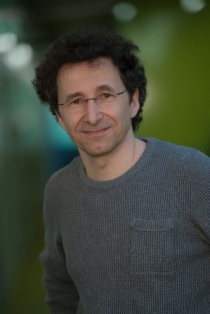 Ronny Ramlau
Principal Investigator
Ronny Ramlau
Principal InvestigatorProfessor of Mathematics
Scientific Director of RICAM
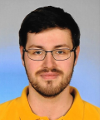 Simon Hubmer
Postdoctoral Researcher
Simon Hubmer
Postdoctoral Researcher
From Subproject: Tomography with Uncertainties
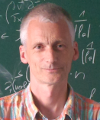 Otmar Scherzer
Principal Investigator
Otmar Scherzer
Principal InvestigatorProfessor at the Faculty of Mathematics
Computational Science Center
From Subproject: Advancing Extragalactic Archaeology through Novel Inversion Techniques
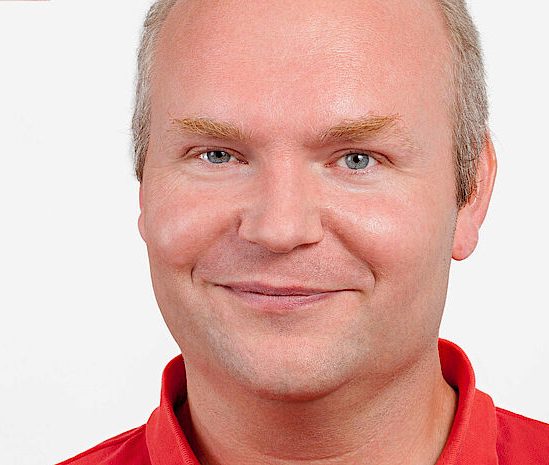 Glenn van de Ven
Principal Investigator
Glenn van de Ven
Principal InvestigatorProfessor at the Department of Astrophysics
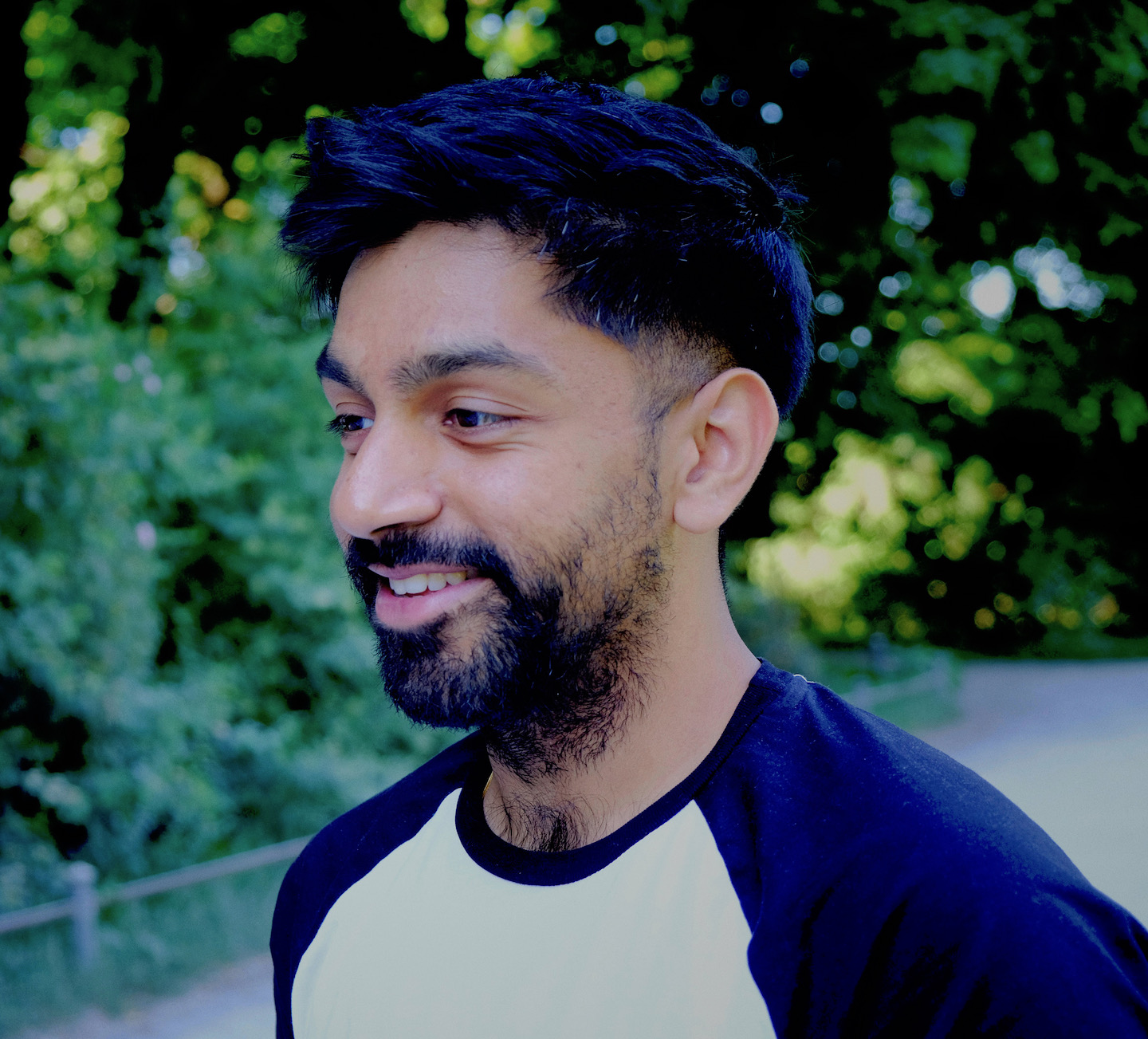 Prashin JethwaPostdoctoral Researcher
Prashin JethwaPostdoctoral Researcher
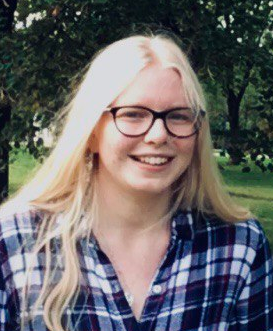 Stefanie ReiterPhD Student
Stefanie ReiterPhD Student
